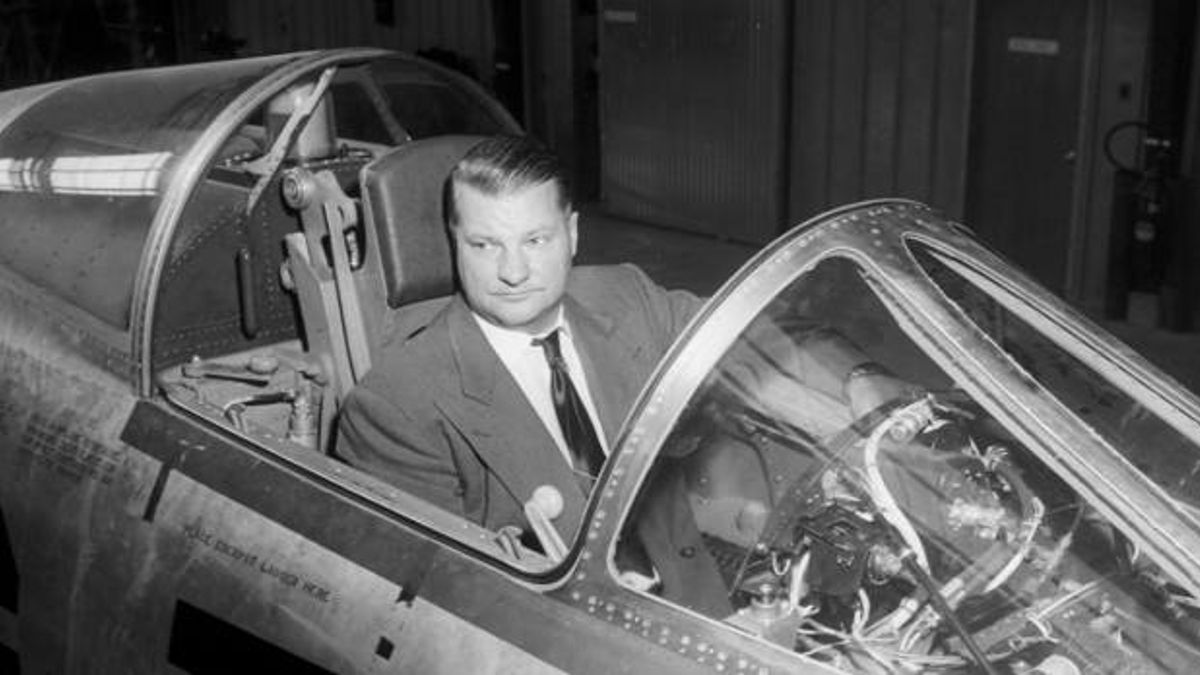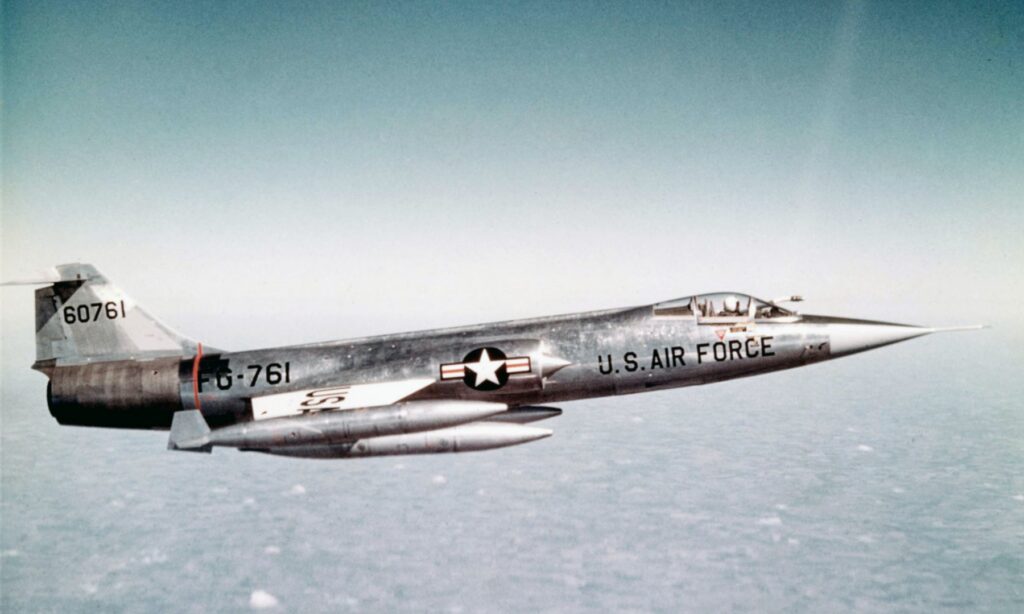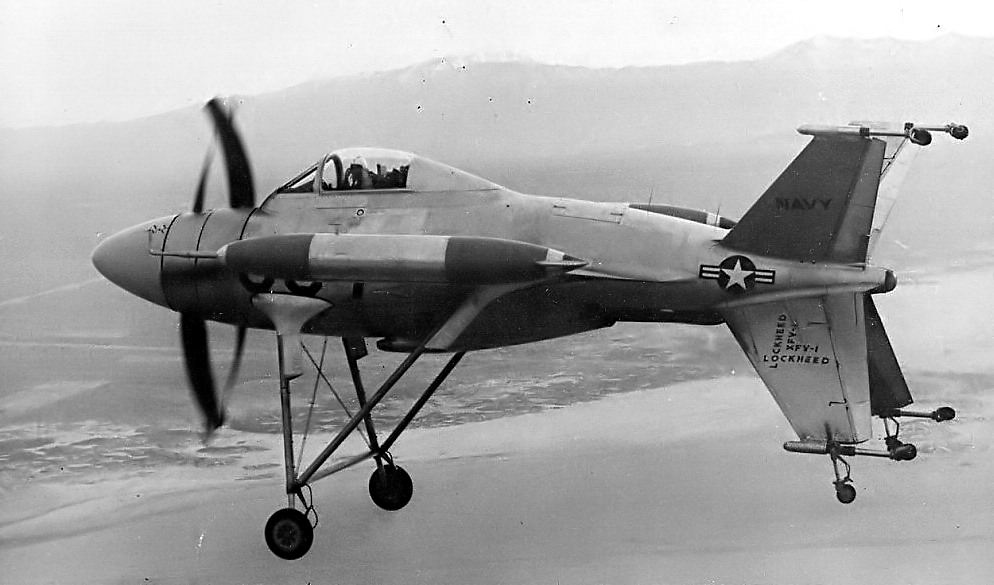
The fastest thing on the planet is perhaps the airplanes, especially the fighter jets, did you know that it was invented by Kelly Johnson in the year 1945? the man behind these marvelous inventions? Let us know more about the creator and his creation in this article.
Clarence “Kelly” Johnson, born on February 27, 1910, in Ishpeming, Michigan, is celebrated as a pioneering figure in the development of fighter jet aircraft. His contributions to aviation engineering revolutionized aerial warfare and set new standards for innovation in the aerospace industry.
- Early Life and Education:
- Johnson graduated from the University of Michigan with a degree in Aeronautical Engineering in 1932.
- His early career saw him joining Lockheed Aircraft Corporation in 1933, where he made significant design contributions to various aircraft models.
- Development of the P-80 Shooting Star:
- Johnson’s most notable achievement was the development of the Lockheed P-80 Shooting Star, the United States’ first operational jet fighter.
- The P-80 showcased the potential of jet propulsion for military purposes and marked a significant advancement in aerial warfare technology.
- Johnson and his team achieved the remarkable feat of transforming the concept into a prototype in just 143 days, highlighting his engineering prowess and efficient management skills.
- The Concept of “Skunk Works”:
- Johnson pioneered the concept of “Skunk Works,” a classified development program characterized by small, elite teams working in secrecy.
- The Skunk Works approach fostered creativity, efficiency, and a culture of excellence within Lockheed, enabling the rapid development of groundbreaking aircraft.
- The Iconic F-104 Starfighter:
- Johnson’s design philosophy is epitomized in the Lockheed F-104 Starfighter, introduced in 1958.
- Dubbed the “Missile With a Man in It,” the F-104 showcased sleek design, high-speed capabilities, and unmatched performance.
- The F-104 became a symbol of aerospace innovation and played a pivotal role in Cold War-era air forces worldwide.
- Legacy and Impact:
- Johnson’s visionary leadership and commitment to excellence set new standards for aerospace engineering.
- His emphasis on ethical conduct and professional integrity instilled a culture of honesty and accountability within Lockheed.
- Johnson’s legacy continues to inspire future generations of engineers and industry leaders, shaping the course of aviation history.
List of his marvels:

- Introduced in 1945
- Speed: Maximum speed of approximately 600 mph (965 km/h).
- Range: Range of approximately 1,200 miles (1,930 km).
- Altitude: Service ceiling of around 46,000 feet (14,020 meters).
- Attachments: The P-80 Shooting Star could carry a variety of weapons

- Introduced in 1958
- Speed: Maximum speed exceeding Mach 2 (1,500+ mph or 2,414+ km/h).
- Range: Range of approximately 1,000 miles (1,600 km).
- Altitude: Service ceiling of around 58,000 feet (17,680 meters).
- Attachments: The F-104 could carry a range of air-to-air missiles, bombs, and rockets, depending on mission requirements.

- Introduced in 1955
- Speed: Maximum speed of approximately 475 mph (764 km/h).
- Range: Extended range of up to 7,000 miles (11,265 km).
- Altitude: Maximum altitude exceeding 70,000 feet (21,336 meters).
- Attachments: The U-2 reconnaissance aircraft could carry a suite of sensors and cameras for intelligence gathering and surveillance missions.

- Introduced in 1966
- Speed: Maximum speed exceeding Mach 3 (2,200+ mph or 3,540+ km/h).
- Range: Range of over 2,900 miles (4,700 km).
- Altitude: Maximum altitude exceeding 85,000 feet (25,900 meters).
- Attachments: The SR-71 Blackbird was equipped with advanced reconnaissance systems and cameras for high-altitude surveillance missions.

- Introduced in 1954
- Speed: Maximum speed of approximately 600 mph (965 km/h).
- Range: Range of approximately 350 miles (560 km).
- Altitude: Service ceiling of around 35,000 feet (10,670 meters).
- Attachments: The XFV experimental aircraft was designed for vertical takeoff and landing (VTOL) capabilities and did not typically carry external attachments due to its experimental nature.
These aircraft represent a diverse range of capabilities, from high-speed interceptors to reconnaissance platforms and experimental VTOL designs. Clarence “Kelly” Johnson’s contributions to their development helped shape the future of military aviation and reconnaissance technology.









